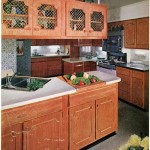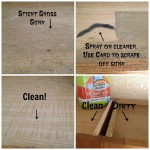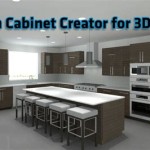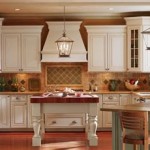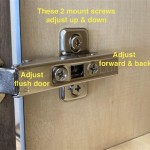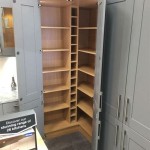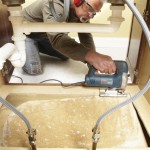Replacing Upper Kitchen Cabinets With Shelves: An Unveiling of Essential Considerations
The allure of an open, airy kitchen persists, inspiring many homeowners to contemplate replacing their upper cabinets with shelves. This transformation can impart a spacious and inviting ambiance to your culinary haven, but it also entails a thoughtful exploration of essential considerations.
1. Load Capacity and Shelf Material:
Farewell to the days of piling heavy dinnerware into your upper cabinets. Shelves must possess ample load capacity to accommodate the weight of your dishes, glassware, and other kitchenware. Consider reinforced plywood or solid wood for shelves that can withstand the test of time. Glass shelves offer an elegant alternative, but their load-bearing capabilities are typically more limited.
2. Accessibility and Storage:
Open shelves invite ease of access, but it's crucial to ensure they don't impede your cooking flow. Install shelves at a height that allows you to reach all your necessities without unnecessary contortions or the use of a step stool. Additionally, consider the depth of shelves to accommodate larger items and maximize storage capacity.
3. Aesthetics and Decor:
Shelves become the focal point of your kitchen, so their aesthetic harmony is paramount. Choose shelf styles that complement your kitchen's overall design. Darker finishes can create a dramatic ambiance, while lighter hues convey an airy and bright atmosphere. Open shelves also provide a fantastic opportunity to display your favorite cookware, cookbooks, and decorative accents.
4. Lighting:
Adequate lighting is essential for both functionality and ambiance. Consider installing under-shelf lighting to illuminate your stored items and create a warm and inviting atmosphere. If natural light is limited, recessed or track lighting can provide ample illumination to ensure you can easily locate everything you need.
5. Ventilation:
With the absence of cabinet doors, ventilation becomes crucial to prevent moisture and odor buildup. Ensure your kitchen has proper ventilation through range hoods or exhaust fans to maintain air quality and the longevity of your stored items.
6. Dust and Grease Accumulation:
Open shelves inevitably attract dust and grease, making regular cleaning a necessity. If cleaning is not your forte, consider using closed cabinets or drawers for items you don't use frequently. Alternatively, invest in dust-resistant shelves or apply protective coatings to minimize cleaning intervals.
7. Safety Precautions:
Open shelves may not be suitable for homes with young children or pets. To ensure safety, install childproof latches on lower shelves and anchor shelves securely to prevent toppling. Consider the placement of sharp objects or breakable items to avoid accidents.
Conclusion:
Replacing upper kitchen cabinets with shelves can transform your kitchen into an open and inviting space. By addressing these essential considerations, you can ensure the project enhances your kitchen's functionality, aesthetic appeal, and overall enjoyment. Remember, a well-planned shelf system will not only add character to your kitchen but also provide a practical solution for storage and display.

Why I Combined Open Shelves And Cabinets In My Kitchen Remodel

Of Kitchen Cabinets Open Shelves Cabinet City And Bath

Of Kitchen Cabinets Open Shelves Cabinet City And Bath

How And Why To Combine Open Shelves Cabinets In Your Kitchen

How To Remove Cabinet Doors For Open Shelving Storage In Your Kitchen Remodel Small Home Kitchens Inspirations

Open Shelving Vs Upper Cabinets In Kitchen Pros And Cons

10 Simple Ideas To Update Your Kitchen Cabinets Jenna Sue Design

Open Shelving Vs Cabinets Which Is Better Laurysen Kitchen Design

Kitchen Design Alternatives For Upper Cabinets Centsational Style

7 Reasons Upper Kitchen Cabinets Beat Open Shelving
Related Posts


